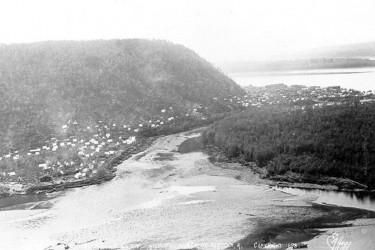

Gracia Real de Santa Teresa de Mose, or Fort Mose (pronounced MOH-say), was established in 1738. It is now considered the first free black settlement in what would become the United States of America. Alternatively spelled Mosa, Moosa, Mossa, and Moze — translated to moss in all respects — Mose was the last stop on the original Underground Railroad, which began in the South and pointed not north but further south, toward a pine forest on a swamp facing the Atlantic Ocean. To the edge of St. Augustine.
No discussion about Fort Mose opens without Francisco Menendez (no relation to Pedro Menendez de Aviles). Menendez was a Mandinga boy captured in his West African home and enslaved in the British colony of South Carolina. He had twice escaped from slavery, disappearing into the coastal swamps of Carolina and Georgia, where he lived for years among the Yamasee Indians and led his first successful military campaign against his former masters in the Yamasee War. Menendez was fated to become the revered captain of the free black militia in St. Augustine, and a founding member of Fort Mose.
In 1725, a group of runaway slaves turned up in St. Augustine seeking refuge in the rumored Spanish sanctuary state. They had fled Charleston, South Carolina, after word spread of a royal decree from the Spanish king that promised liberty to all fugitives who came to Florida seeking Catholic conversion. They were led by Francisco Menendez (given that name in baptism once he arrived in Spanish territory, his birth name is unknown). Unlike their neighbors to the north, Spain had largely attenuated their slavery practices by the turn of the 18th century. Historian Jane Landers notes in her seminal book Black Society in Spanish Florida that runaway slaves from British plantations had been fleeing to Florida since the late 17th century. The first documented runaways from Carolina made it to St. Augustine in 1687. And then again in 1688, 1689, and 1690.
Mixed societies, which included a free black class, had long existed in Spain, a precedent commonly attributed to the Moors’ occupation of the Iberian Peninsula. Landers also points out by the time Mose was founded, free black towns in the Spanish colonies of Panama, Venezuela, New Spain, and Hispaniola had already been established and received a royal sanction.
Yet it was not uncommon for runaways, or “maroons,” to be re-enslaved once they reached Spanish territory. In messages directed at the Spanish crown, Francisco Menendez wrote it was unacceptable that only some fugitive slaves had been freed when others hadn’t, even if the conditions of Spanish slaveholders were favorable to the chattel slavery of the British. In their conversion to Christianity, runaways had upheld their end of the bargain.












_-_The_First_Negro_Slaves_Br.png)







